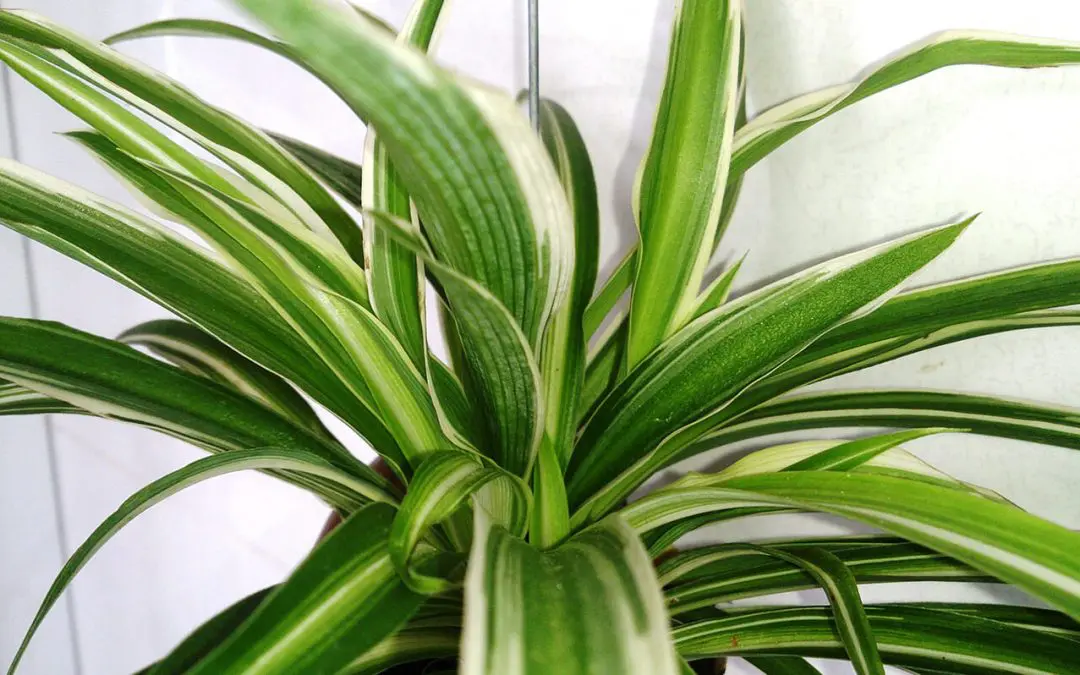If you are suffering from allergies or asthma, your home’s indoor air quality may be poor. Improving indoor air quality is easier to do than you might think. The following strategies will reduce airborne irritants like dust, dander, mold spores, and VOCs from your home.
1. Cleaning for Improving Indoor Air Quality
a. Cut Down on Clutter
When you keep your home organized, there are fewer areas for dirt and dust to get trapped. It is easier to keep tidy spaces clean. Clean surfaces often mean cleaner indoor air.
b. Washing Fabrics
Remember to regularly launder your drapes, tablecloths, and bedding, since fabric attracts and accumulates allergens. Use water that is at least 130 degrees Fahrenheit to kill any organisms.
2. Freshen your Floors
a. Improving Indoor Air Quality With a Vacuum
Household dust is a big contributor to indoor air pollution. Use a vacuum with a HEPA filter, rotating brushes, and strong suction at least twice weekly to rid your home of contaminants that get kicked up into the air.
b. Mopping
Hard surface floors should be mopped after they are vacuumed. Today, you can find microfiber mops that capture dirt just as effectively as traditional mops without using a bucket of soapy water.
c. Doormats
The best way to keep irritants off your floor is to prevent them from coming in. Put a large doormat by each entrance. Wiping one’s feet traps dirt and helps with improving indoor air quality.
3. Improving Indoor Air Quality by Not Smoking
Secondhand smoke contains an estimated 4,000 toxic chemicals. Set a household rule to ban smoking inside. Designate outdoor areas for smokers that are far away from the home. If people smoke on the front porch, the smoke can easily find its way inside through windows or doors.
4. Decorate with Plants
Plants are not only great decorations, but they are also natural air purifiers. They remove toxins from the air and release pure oxygen.
5. Circulate Fresh Air
Even when it is chilly outside, it is best to open windows for a few minutes each day to allow fresh air to circulate around your home. This is especially true when you are cooking. Open a window and turn on the exhaust fan to remove the contaminants that cooking creates.
6. Change your Air Conditioner Filters Regularly
If you have a forced-air system, you know how important it is to change your filters. Electrostatic filters trap airborne contaminants and dust that would otherwise be pumped into your home. Also, it is a good idea to have your ducts cleaned every few years.
Reducing the number of airborne contaminants and allergens inside your home is achievable. Turn these steps into permanent habits for improving indoor air quality over the long-term.
Prudent Home Inspections provides home inspection services to Maryland, DC, and Virginia. Contact us to set up an appointment.
